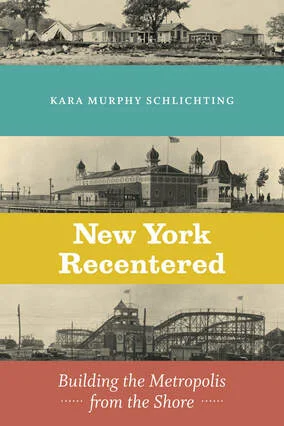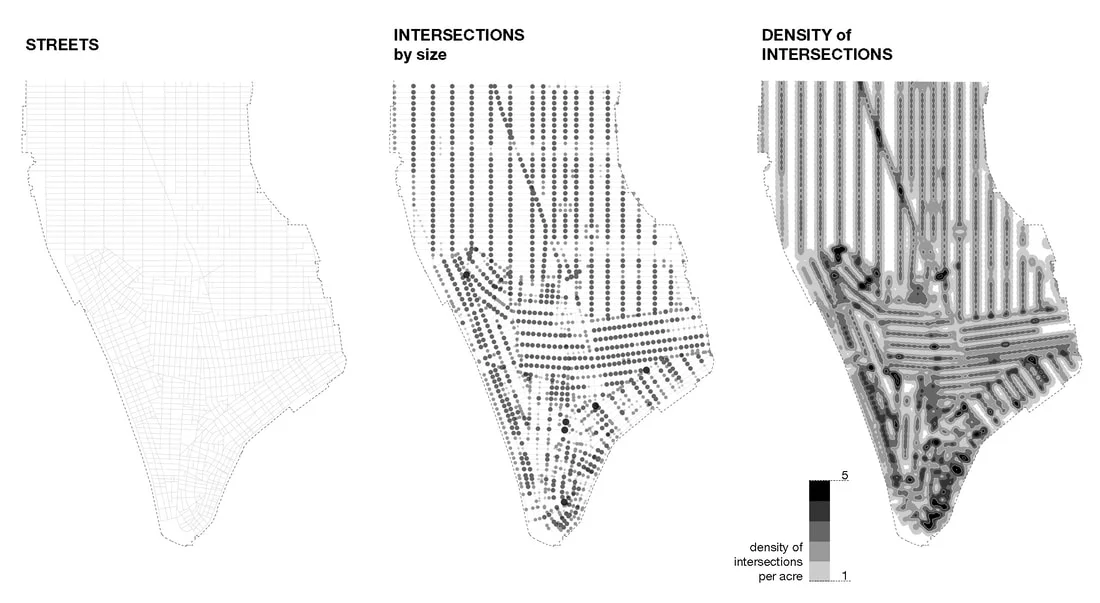When Long Island City Was the Next Big Thing
By Ilana Teitel
For about a hundred days this winter, Long Island City was in the spotlight as a neighborhood about to be transformed. Amazon was coming, the national media was running articles about the 7 train, and brokers were selling condos via text messages. The word was out about this patch of western Queens and its waterfront views, central location, cultural diversity, and overtaxed infrastructure.
And then, on Valentine’s Day, it was over. Amazon pulled out and locals began to debate whether that much change would have been good or bad for LIC. But, this wasn’t the first time that Long Island City was the neighborhood that almost, maybe, soon, was about to take off. Here’s a look at three other times that LIC was briefly New York’s Next Big Thing.










